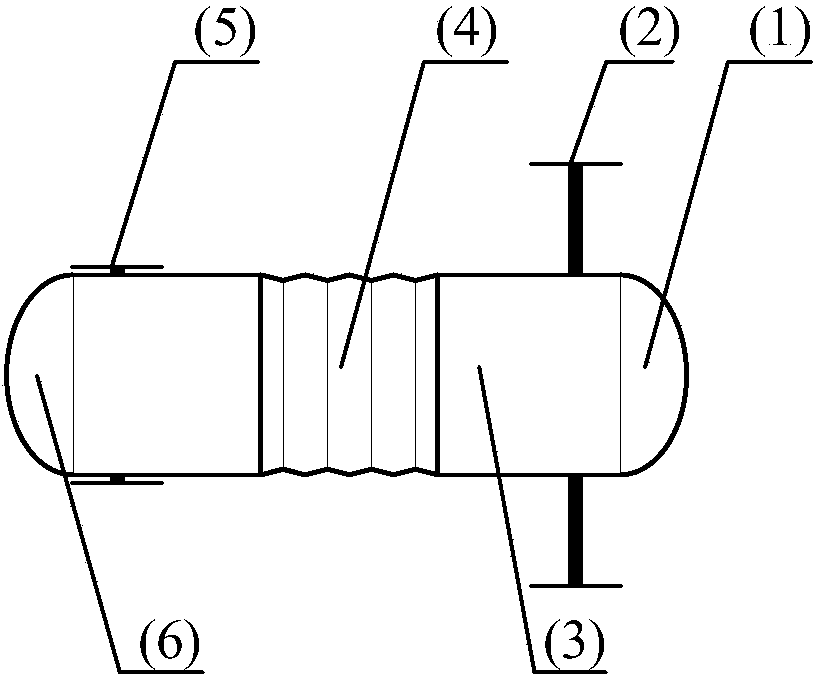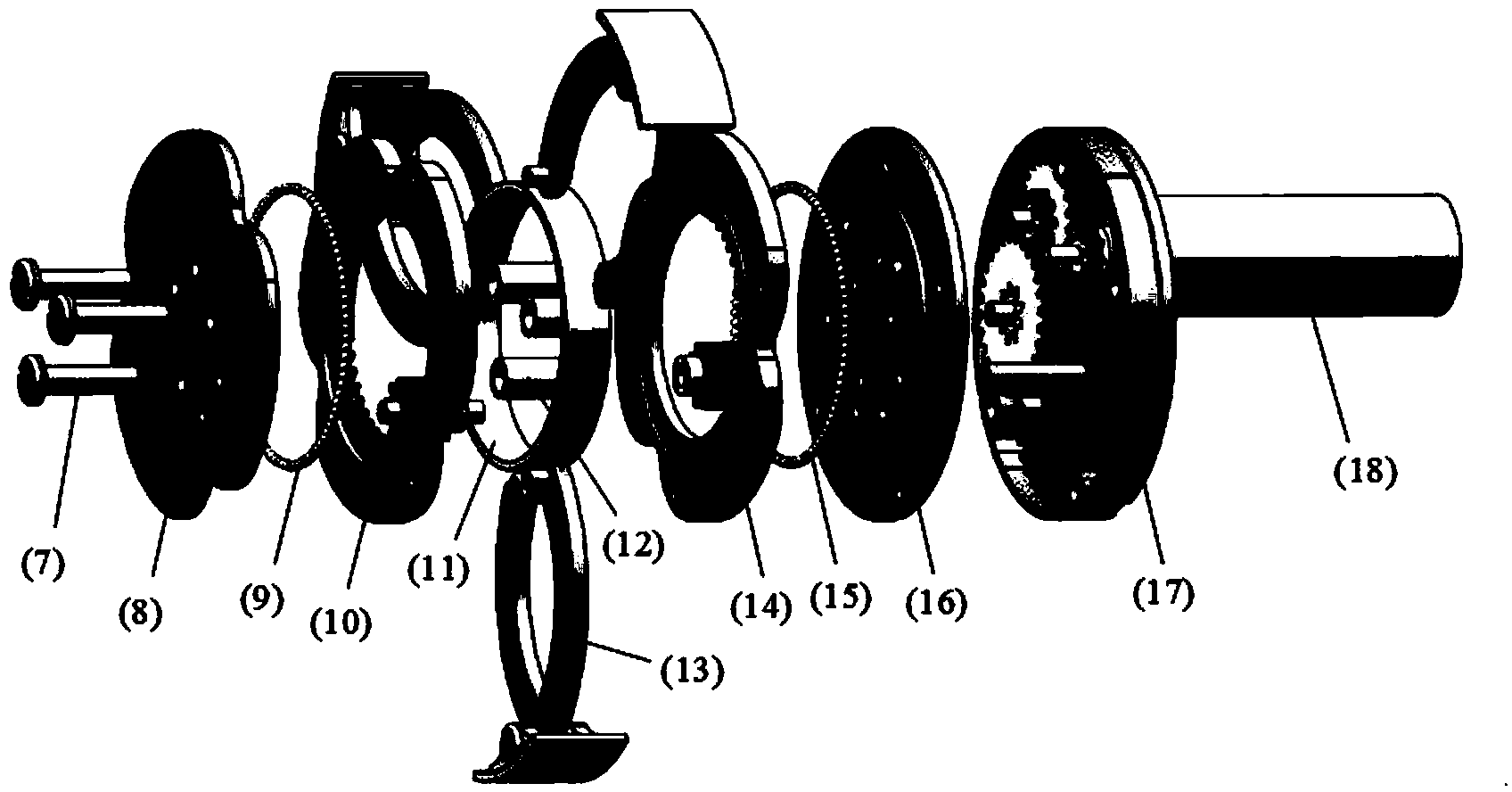Non-invasive detection system of precancerous lesions of digestive tract
An inspection system and digestive tract technology, applied in the field of endoscopy, can solve the problems of no closed surface, intestinal damage, etc., and achieve the effect of reducing the missed detection rate, realizing automatic control, and painless inspection
- Summary
- Abstract
- Description
- Claims
- Application Information
AI Technical Summary
Problems solved by technology
Method used
Image
Examples
Embodiment 1
[0032] like figure 1 As shown, this embodiment includes: a man-machine interface, a controller, a wireless energy supply subsystem, and a robot located in the body, wherein: the man-machine interface is connected to the controller and the wireless energy supply subsystem through interfaces, and the wireless energy supply subsystem The alternating magnetic field generated by the energy transmitting coil provides energy to the robot, the energy is received by the energy receiving coil 26 of the wireless energy supply module 3 of the robot, and the controller outputs control commands to the robot and receives data of the robot through wireless communication;
[0033] like figure 2 As shown, the overall robot is in the shape of a capsule, including: an image acquisition module 1 for collecting images in the digestive tract, a front radial movement mechanism 2, a wireless energy supply module 3 for energy supply, a rear radial movement mechanism 5, The axial telescopic mechanism ...
PUM
 Login to View More
Login to View More Abstract
Description
Claims
Application Information
 Login to View More
Login to View More - R&D
- Intellectual Property
- Life Sciences
- Materials
- Tech Scout
- Unparalleled Data Quality
- Higher Quality Content
- 60% Fewer Hallucinations
Browse by: Latest US Patents, China's latest patents, Technical Efficacy Thesaurus, Application Domain, Technology Topic, Popular Technical Reports.
© 2025 PatSnap. All rights reserved.Legal|Privacy policy|Modern Slavery Act Transparency Statement|Sitemap|About US| Contact US: help@patsnap.com



